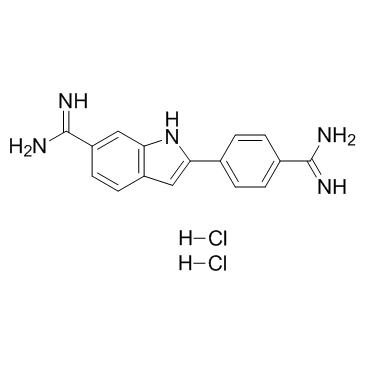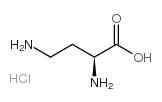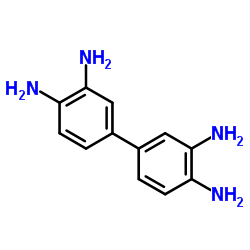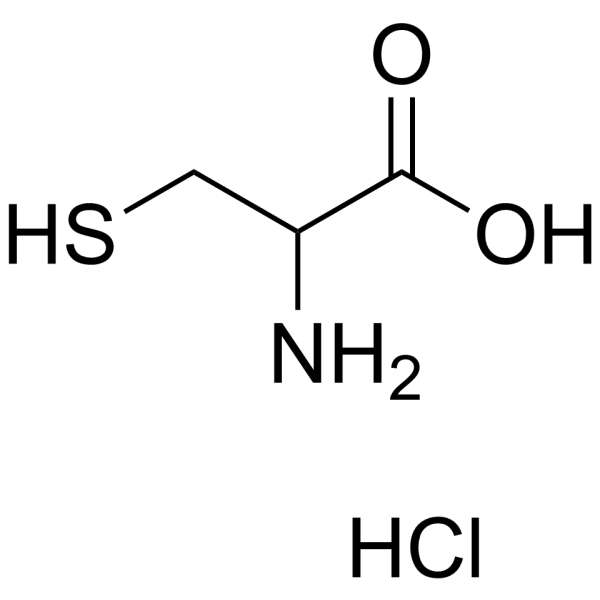| Structure | Name/CAS No. | Articles |
|---|---|---|
 |
Acetone
CAS:67-64-1 |
|
 |
4',6-Diamidino-2-phenylindole dihydrochloride
CAS:28718-90-3 |
|
 |
Methanol
CAS:67-56-1 |
|
 |
H-Dab.HCl
CAS:1482-98-0 |
|
 |
3,3'-diaminobenzidine
CAS:91-95-2 |
|
 |
DL-Cysteine Hydrochloride
CAS:10318-18-0 |